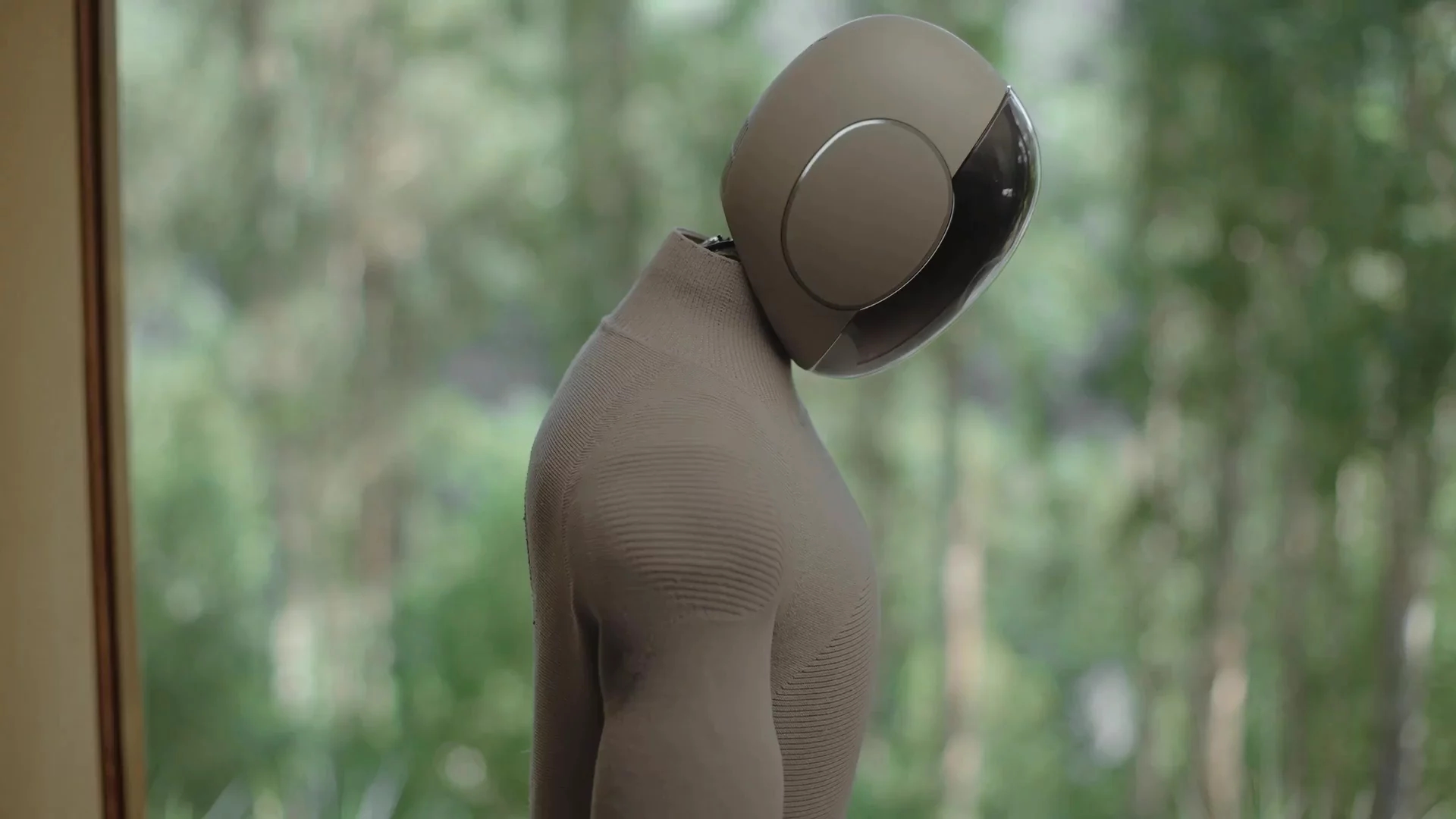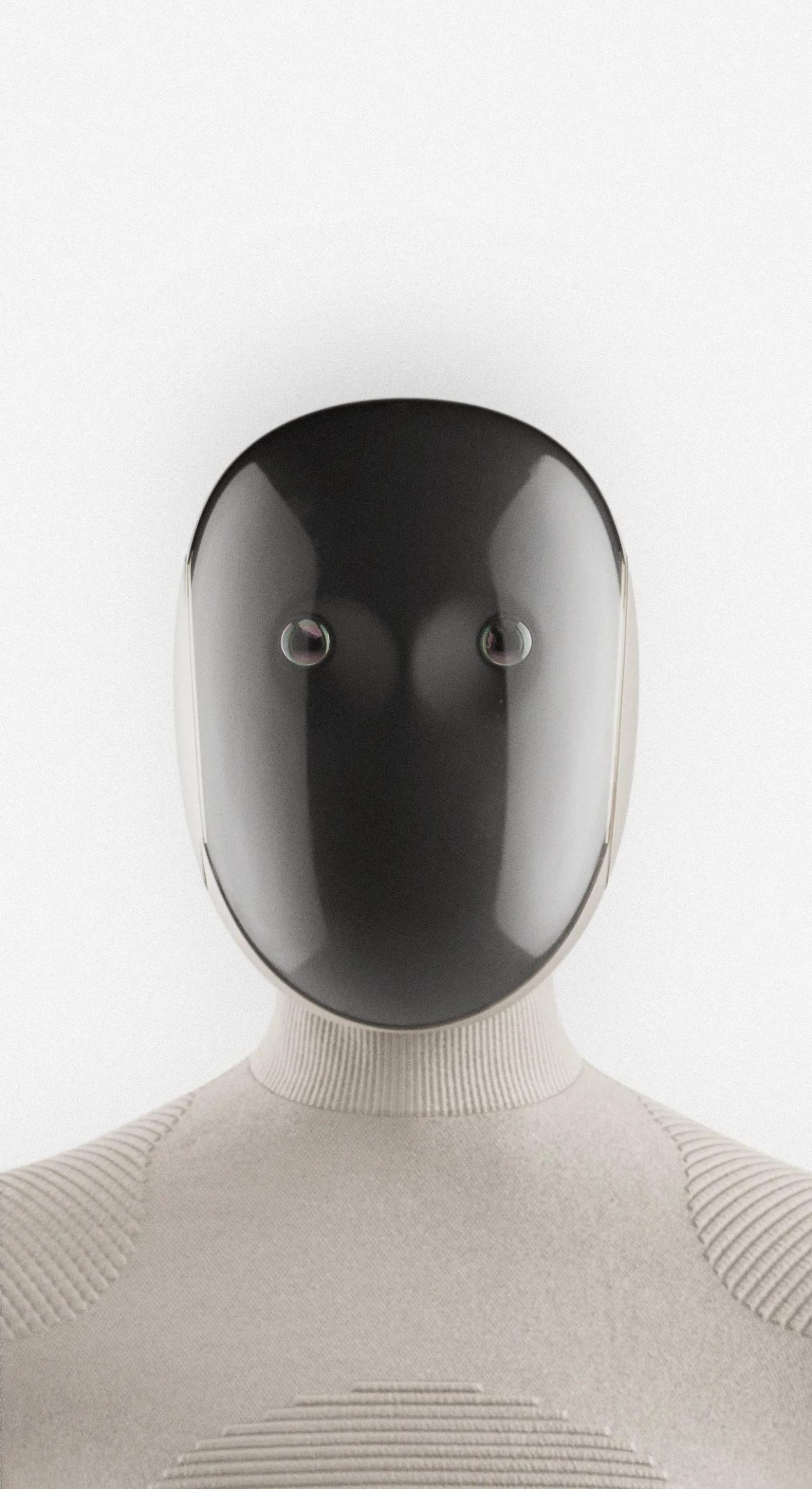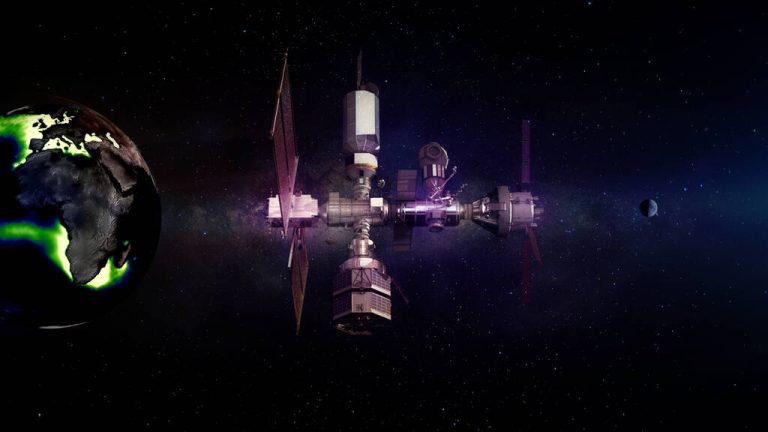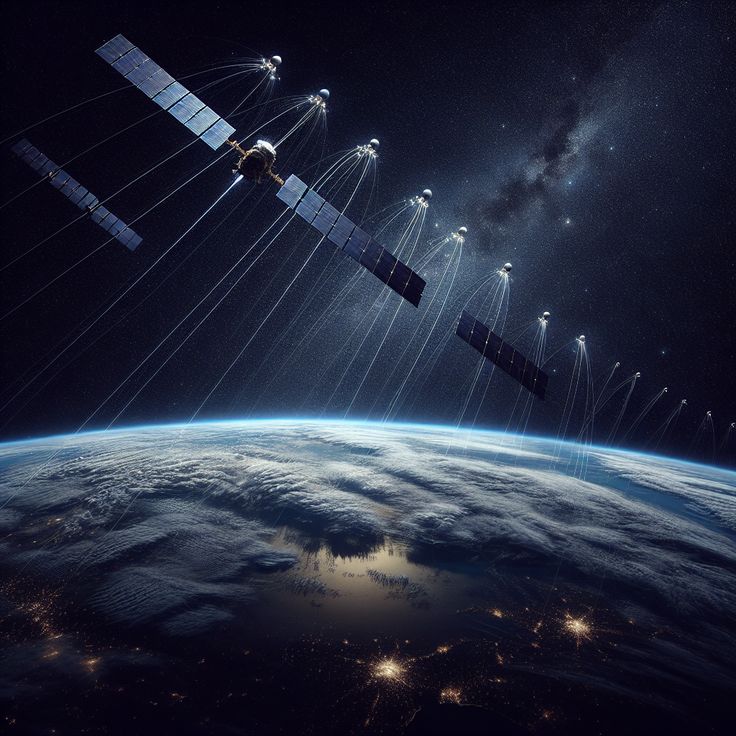1X to Test Humanoid Robots in Hundreds of Homes by 2025
1X, a Norwegian startup, is starting tests for its humanoid robot, Neo Gamma, in many homes by the end of 2025. The robot is controlled by remote operators at first. This testing helps the company gather real-life data to make the robot smarter and safer. The project is part of a growing trend in home robotics, with competitors like Figure also testing similar robots. The idea is to learn from everyday use, keep users’ privacy safe, and slowly move towards full robot independence.
Summary:
-
1X will test its robot Neo Gamma in hundreds to thousands of homes by the end of 2025
-
Remote operators help control the robot until it learns to work on its own
-
Neo Gamma can perform simple home tasks like vacuuming and watering plants
-
Users can control when their home data is shared, protecting their privacy
-
Competitors like Figure are also testing home robots to improve their technology
-
Partnerships with big names like OpenAI and Nvidia support the project
-
Real home tests will give useful data to make the robot safer and smarter
-
This project is a small step toward fully independent home robots

Introduction
In a world where technology is changing fast, robots are becoming more common in our daily lives. 1X is a Norwegian startup that wants to bring its new robot, Neo Gamma, into real homes. This test will let people try out the robot and help the company make it better. The robot will do basic jobs around the house while being guided by a person who controls it from far away. This method is used until the robot can learn to work by itself.
Background and Testing Program Details
1X plans to start testing Neo Gamma in many homes by the end of 2025. The company will not sell the robot right away. Instead, they will use early tests to collect real-world data. The robot is not yet fully smart or independent. Right now, people called teleoperators help guide the robot using live video and sensor data.
This testing method helps 1X see how the robot behaves in real-life situations. It will perform tasks such as cleaning floors, watering indoor plants, and moving around without bumping into furniture. The live tests are very important because they show what works well and what needs improvement.

Below is a table that explains some of Neo Gamma’s key features:
| Feature | Description |
|---|---|
| Onboard AI | Uses a smart system developed by 1X with help from partners like OpenAI and Nvidia |
| Teleoperation | Human operators control the robot from a distance to help it move and work correctly |
| Safety Measures | A soft, knitted nylon suit is used to lessen injuries if the robot touches a person |
| Home Tasks | Designed to do simple jobs like cleaning, watering, and moving around |
The use of teleoperators is a practical step while the robot learns. This method is like training wheels on a bike—it helps Neo Gamma get better at understanding and reacting to the home environment.
Technology and Features
Neo Gamma is built with technology that helps it walk, balance, and do simple jobs. The robot’s smart system learns from the data it collects during these tests. Every time the robot moves, it sends information back to 1X. This data is used to improve the AI system, making the robot more capable over time.
The design of Neo Gamma also has safety in mind. Its body is covered with a knitted nylon suit. This suit is not only comfortable but also helps reduce the risk of injury if the robot accidentally bumps into someone. Although the robot is still being fine-tuned, its simple tasks and controlled operation in a home setting are an important first step toward a more independent machine.
Below is a table that compares Neo Gamma with a similar product from a competitor, Figure:
| Aspect | Neo Gamma (1X) | Competitor (Figure) |
|---|---|---|
| Testing Method | Uses remote control (teleoperation) in real homes | Also uses early home tests for its robots |
| AI Development | In-house AI with some help from partners like OpenAI and Nvidia | Focuses on funding and partnerships to improve their robot technology |
| Safety Features | Has a special knitted suit to help protect people during interactions | Safety features are still being detailed by the company |
| Market Approach | Gathers data from real users to help train the robot’s AI | Plans to scale quickly with heavy funding |
The table shows that both companies use similar strategies, but 1X is careful with privacy and user safety.
Privacy and Data Collection
A big worry with testing home robots is privacy. When a robot works in your home, it collects data through cameras and microphones. This data is needed to help the robot learn. However, 1X makes sure that users have control over this process. Homeowners can decide when a remote operator can view the robot’s video feed. This control helps protect personal privacy and builds trust between users and the company.
The company explains that all data is used only to improve the robot. Users will have clear options to turn on or off any data sharing features. By being open about how data is used, 1X hopes to make users feel safe and respected.
Here with the sweater robot pic.twitter.com/yxwtb2vBiA
— Max Zeff (@ZeffMax) March 19, 2025
Market and Industry Trends
The test for Neo Gamma comes at a time when home robots are gaining interest. Companies around the world are trying to make robots that can help at home. For example, Figure is also testing robots in homes. Recently, Figure was talked about in the news because it is close to a big funding deal.
Large companies like OpenAI are also interested in building home robots. These companies work together sometimes to share ideas and improve the technology. The friendly competition in this field makes everyone work harder and faster to solve problems. This means that soon, home robots might become a normal part of our daily lives.
The market is looking for safe, easy-to-use robots that can help with small tasks. The more data companies can collect, the better the robots will work. In this way, home tests are very important. They show what changes are needed and help the technology move forward.
Future Prospects and Challenges
Neo Gamma is just a start. The long-term goal is to create a robot that can work on its own without human help. For now, teleoperators are needed to guide it. Over time, as more data is collected, the robot will learn to handle tasks by itself.
There are still many challenges. Technical problems like short battery life, weak Wi-Fi signals, and occasional mistakes can happen. For example, at a test event, Neo Gamma once shook and even fell due to low battery and bad Wi-Fi. These issues show that there is a long way to go before the robot can be fully trusted for everyday use.
1X is ready to learn from these challenges. Every problem gives the team a chance to fix and improve the robot. As the robot becomes smarter, it will do more on its own, and the need for remote operators will fade. The progress is slow but steady.
Facts
Humanoid robots have been a part of human dreams and stories for a long time. Movies, books, and TV shows often imagine a future with helpful robots. Today, thanks to advances in technology, that future is slowly coming true. Robots like Neo Gamma show us that even small steps can lead to big changes.



